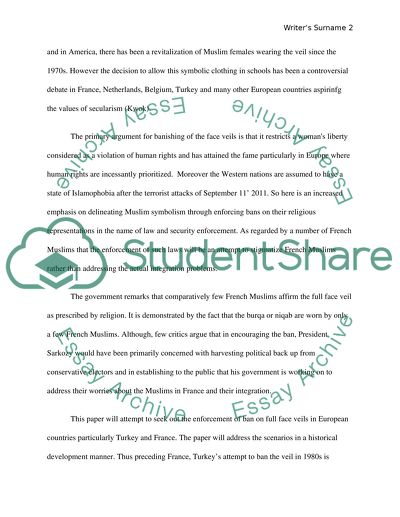Cite this document
(“Face Veil Ban: how France and Turkey have dealt with this issue Research Paper”, n.d.)
Face Veil Ban: how France and Turkey have dealt with this issue Research Paper. Retrieved from https://studentshare.org/religion-and-theology/1401194-face-veil-ban-how-france-and-turkey-have-dealt
Face Veil Ban: how France and Turkey have dealt with this issue Research Paper. Retrieved from https://studentshare.org/religion-and-theology/1401194-face-veil-ban-how-france-and-turkey-have-dealt
(Face Veil Ban: How France and Turkey Have Dealt With This Issue Research Paper)
Face Veil Ban: How France and Turkey Have Dealt With This Issue Research Paper. https://studentshare.org/religion-and-theology/1401194-face-veil-ban-how-france-and-turkey-have-dealt.
Face Veil Ban: How France and Turkey Have Dealt With This Issue Research Paper. https://studentshare.org/religion-and-theology/1401194-face-veil-ban-how-france-and-turkey-have-dealt.
“Face Veil Ban: How France and Turkey Have Dealt With This Issue Research Paper”, n.d. https://studentshare.org/religion-and-theology/1401194-face-veil-ban-how-france-and-turkey-have-dealt.


